Just the title alone: “A Field Guide to Cheese.” I love it! This new book brings a wealth of information for cheese lovers and the cheese curious. The volume fits nicely up on the bookshelf next to my field guides for birds, trees, and other wonders of nature, and likewise offers compelling inspiration to go out and find them all.
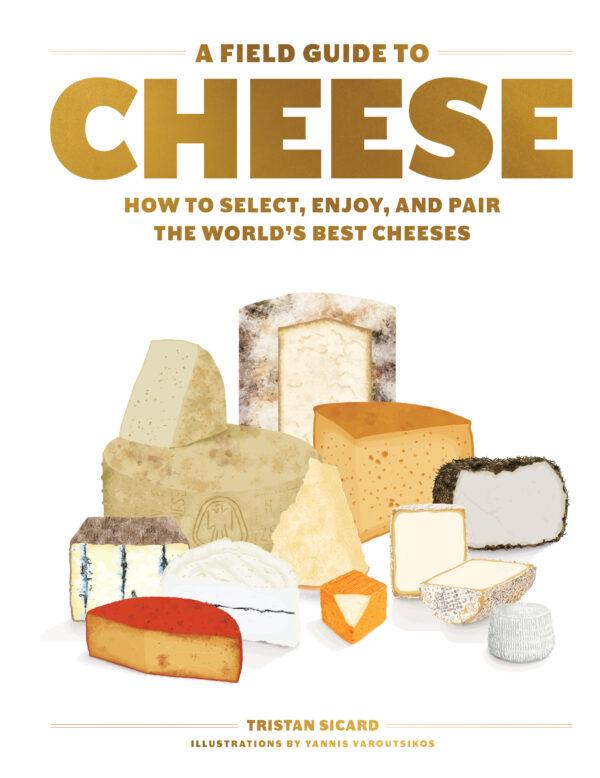
This is an English translation of “L’atlas pratique des fromages,” a work by Tristan Sicard, a French journalist and one of the leading cheese experts in his homeland. He once owned a fromagerie himself in Lille, France, and for years has been deeply immersed in the cheese world. He is an authority on its history and has traveled the world to meet the people who make the myriad styles we find in this volume.

I am a Wisconsinite, so cheese is in my blood; indeed my last cholesterol check seemed to confirm as much. I once posted for friends that I had 11 cheeses in my fridge, and the general response was “Only 11?” It’s the section—after craft beer—that leaves me overwhelmed by choice in the grocery store. And when I travel, it’s on the to-do list: Go buy the local cheese.
On a trip to Vienna, another to Paris, or even a stop at an international expo in a mall in Bangkok, I’ve stood gobsmacked by cheese displays. No surprise, really: The cheese world is a magnificent, diverse thing, and this fabulous 271-page, hardcover, image-laden book celebrates that. Like any field guide, it cuts to the chase without long back stories, getting right down to the details, as well as providing visual reference for each variety included. I had to do a double-take when I saw the illustration credit for Yannis Varoutsikos; the cheeses appear as photographs at first glance.
Up front is a “Quick Chronology of Cheese,” from Mesopotamian archaeology to a raw goat’s milk orbiting on the space shuttle. One section is dedicated to breeds of dairy animals, their distinctive characteristics, where they graze on earth, and what cheeses call for their milk. The Tarine, one of the smallest dairy cows, stands just about four and a half feet at the withers, and is commonly associated with Beaufort or Emmental de Savoie, while the Awassi Sheep, indigenous to the Middle East, is “a breed that almost disappeared,” but has made a comeback providing for makers of blue cheeses and bloomy-rind soft cheeses.
Next follows intel on the qualities and treatments of milks, the cheese-making process, and the significance of various industry certifications and labels. Then we arrive at the heart of the matter, 11 families of cheese: fresh or aged, soft or hard, washed rinds or bloomy, and more. The bulk of the book is made up of these 11 chapters, one for each family, with cheeses listed alphabetically by style in each.
Standouts range from the crumbly, dry Batzos of Greece and Macedonia to Pôt Cors, a runny cheese—you read that right—made from sheep’s milk on the island of Corsica. Tête de Moine, which enjoys an AOP or appellation d'origine protégée (protected designation of origin) certification, linking its production to a strictly defined geographical area in Switzerland, is a raw cow’s milk cheese that “melts quickly to release aromas of milk, hay, and mushroom.” Sicard also mentions the unusual spiraling cutting blade associated with it, that allows one to turn out delicate paper-thin slices that resemble rosettes or “girolle mushrooms.”
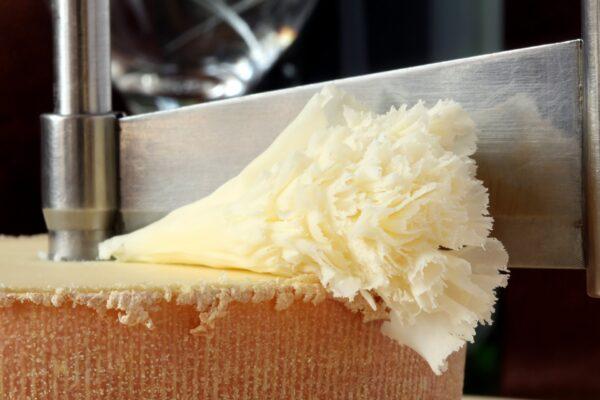
For a handy cross reference, maps in the back of the book zoom in on regions of the world with their cheeses labeled across them, along with page numbers to get you to the texts easily.
Of course, what cheese guide would be complete without recommendations for pairings and serving tips? Along with tips in that regard, the book includes a handy flavor wheel to help you put words to the flavors and aromas, while six more pages give illustrated instructions for the proper way to wrap and store your cheese. A solid index wraps it up so you can search by name.
The volume is nice enough for the coffee (and cheese) table, but how much delicious fun would it be to employ it in the field?

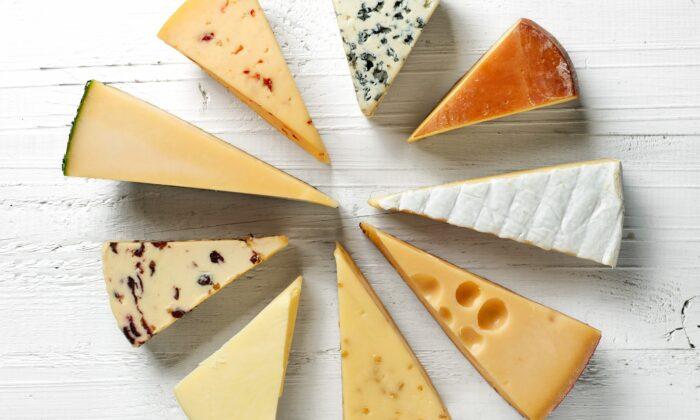
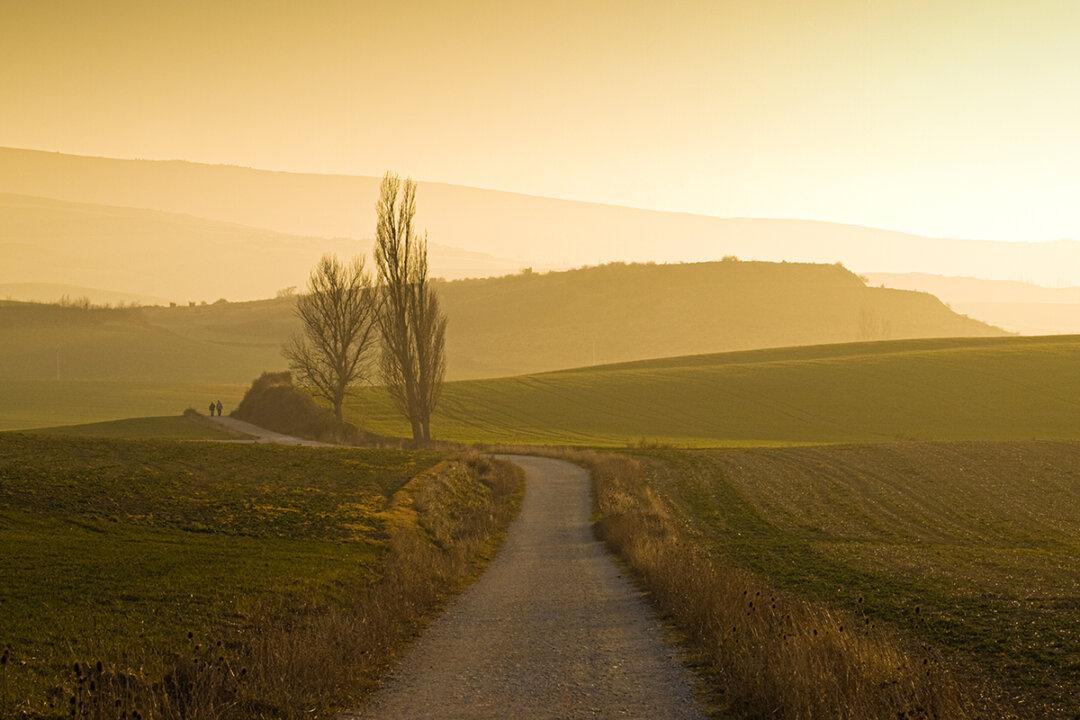

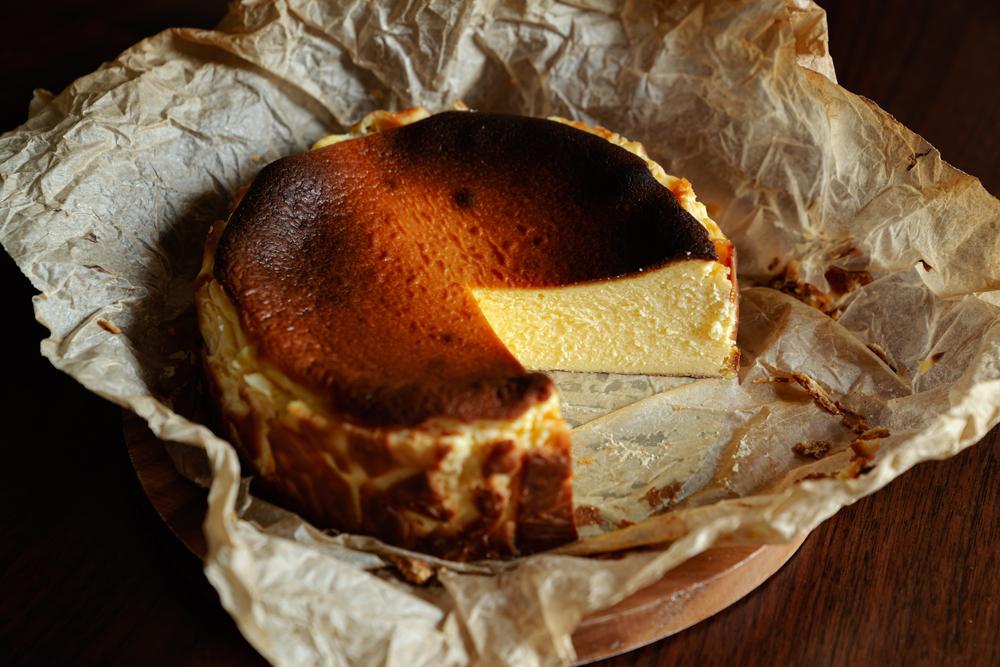
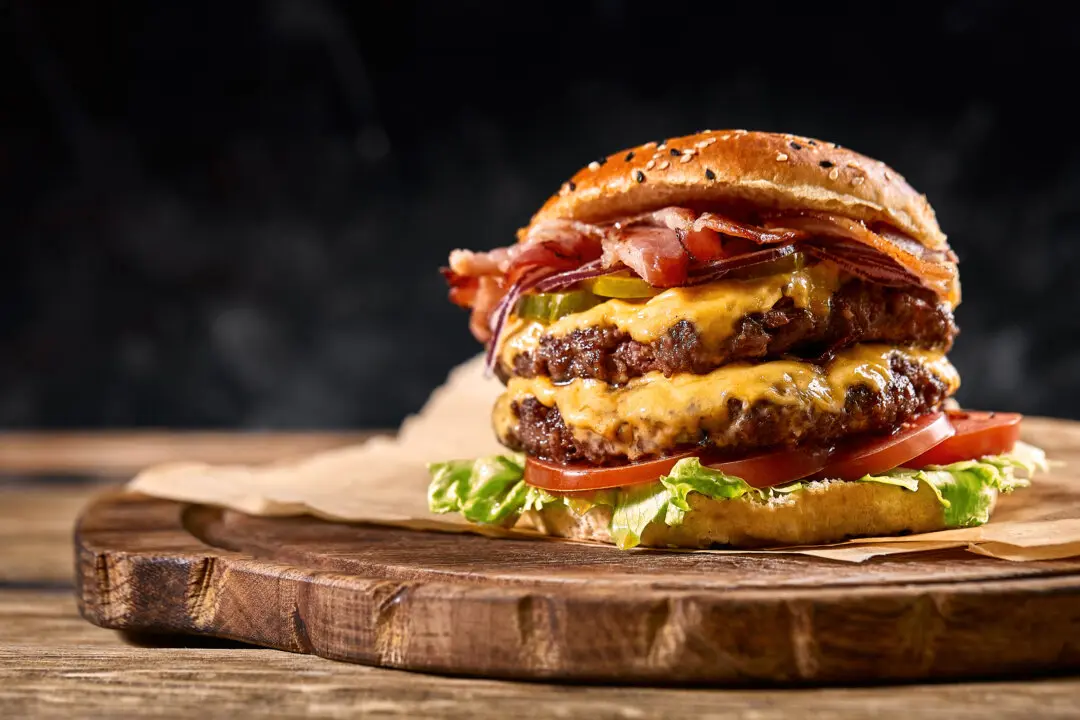
Friends Read Free